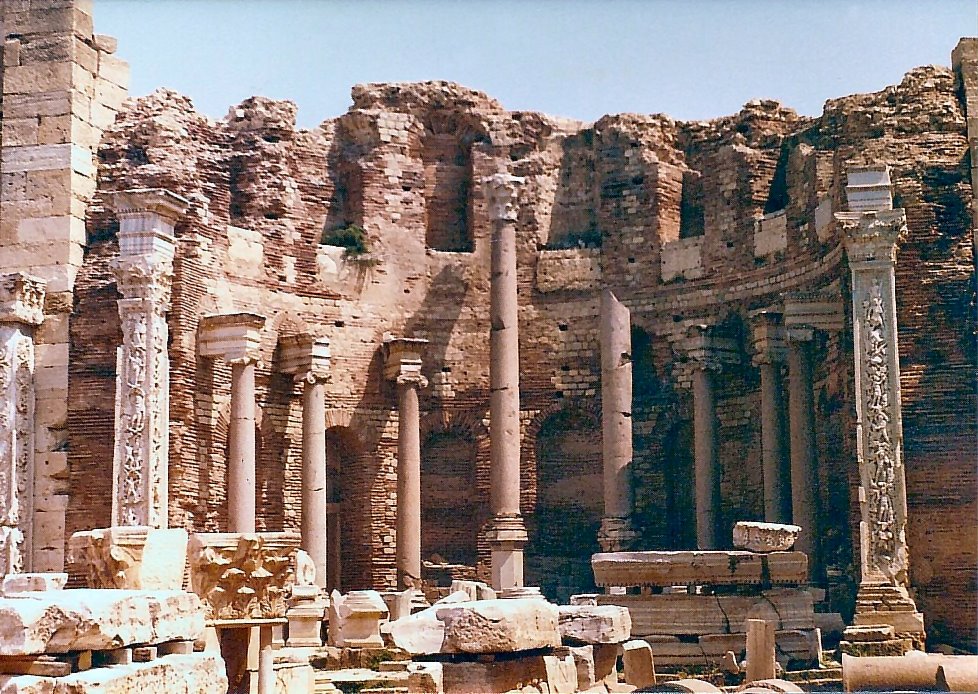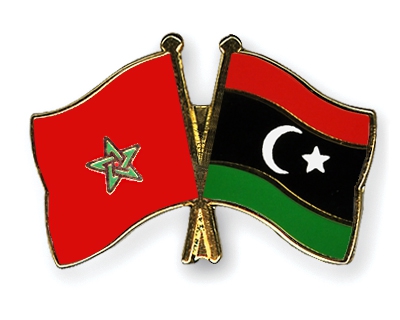By Libya Herald staff.

Tripoli, 19 October 2014:
Archaeologists and heritage experts have condemned a series of attacks on the country’s historical buildings . . .[restrict]and ruins which are increasingly suffering from vandalism and neglect.
Libyan archaeologist Dr Fadl Al-Korana has warned that some of the country’s key archaeological sites, including the UNESCO World Heritage Sites of Leptis Magna and Sabratha, are being targeted by thieves and vandals.
Korana told Buwabat Al-Wasat news that eastern sites too were under particular threat, with some locals still laying claim to plots of land on the outskirts of the extensive ruins of Cyrene. Building projects, first reported in August last year, were able to continue unchecked, he said. Other sites in the Green Mountain area were routinely defaced with graffiti and damaged by small fires, or were used to graze livestock, Korana added.
Thieves were able take what they wanted from the unguarded sites and, with a lack of properly-trained customs officials, he said these were at risk of being smuggled abroad. In Europe and elsewhere, there is a lucrative market for stolen antiquities.
The risk to Libya’s treasure trove of antiquities was brought home to Libya Herald staff not long ago while visiting Leptis Magna. While in the Severan Basilica, two men asked them how much a piece of marble column sculpted with figures would fetch on the market in London or New York.
UNESCO, the UN organisation for culture and education, has urged all national and international partners “to reinforce actions and vigilance in order to protect Libya’s cultural heritage in the current context of rising unrest and insecurity”.
It put out the call after several attacks on historic mosques in Tripoli Old Town. It described these as a common heritage of all Libyans which were increasingly the deliberate target of vandalism and were at risk of looting and illicit trafficking.
Korana said that successive governments had neglected the country’s heritage, adding that there were no strict laws to protect historic sites. Before the revolution these sites had generated tens of thousands of dinars per month in entry fees, he said. This had helped to keep the sites safe as well as funding their upkeep but now vandals had a free reign to do whatever they wanted in broad daylight.
UNESCO offered assurances that it was now engaged with the Libyan authorities to reinforce emergency measures for cultural heritage protection. “An emergency and risk preparedness training course will be implemented in the forthcoming weeks to enable the authorities to carry out rapid assessment, documentation and monitoring of heritage,” it said.
Since the start of October, there have been a number of attacks on sites in Tripoli’s Old Town, including the 1738 Karamanli Mosque. Floors were dug up and marble was damaged and removed from the building, described as Tripoli’s most famous and beautiful mosque.
“I firmly condemn the recent attacks on cultural and religious heritage buildings in the old city of Tripoli. Looting and illicit trafficking of cultural objects can only deepen the wounds of the Libyan society, struggling for normalcy and recovery,” said the Director General of UNESCO, Irina Bokova.
She commended the citizens and volunteers in Tripoli who protected the Darghouth Mosque, also in the Old Town, when a group of armed men attempted to force their way into the premises.
“These attacks cannot be seen as isolated or collateral damages,” Bokova said. “They take place in a global context of repeated and deliberate attacks against cultural heritage, in Libya and elsewhere, threatening social cohesion and fuelling violence and division within society.” [/restrict]








